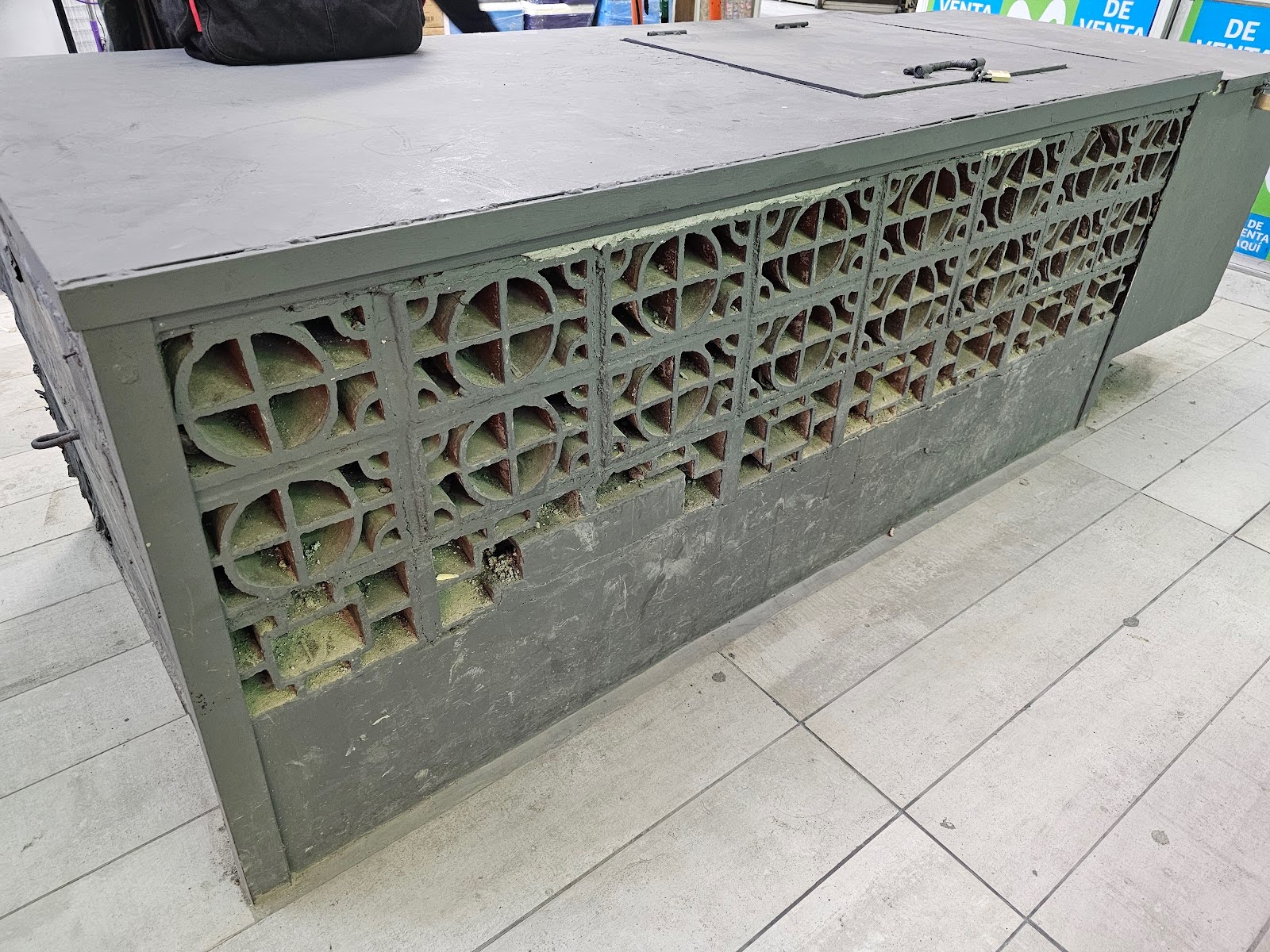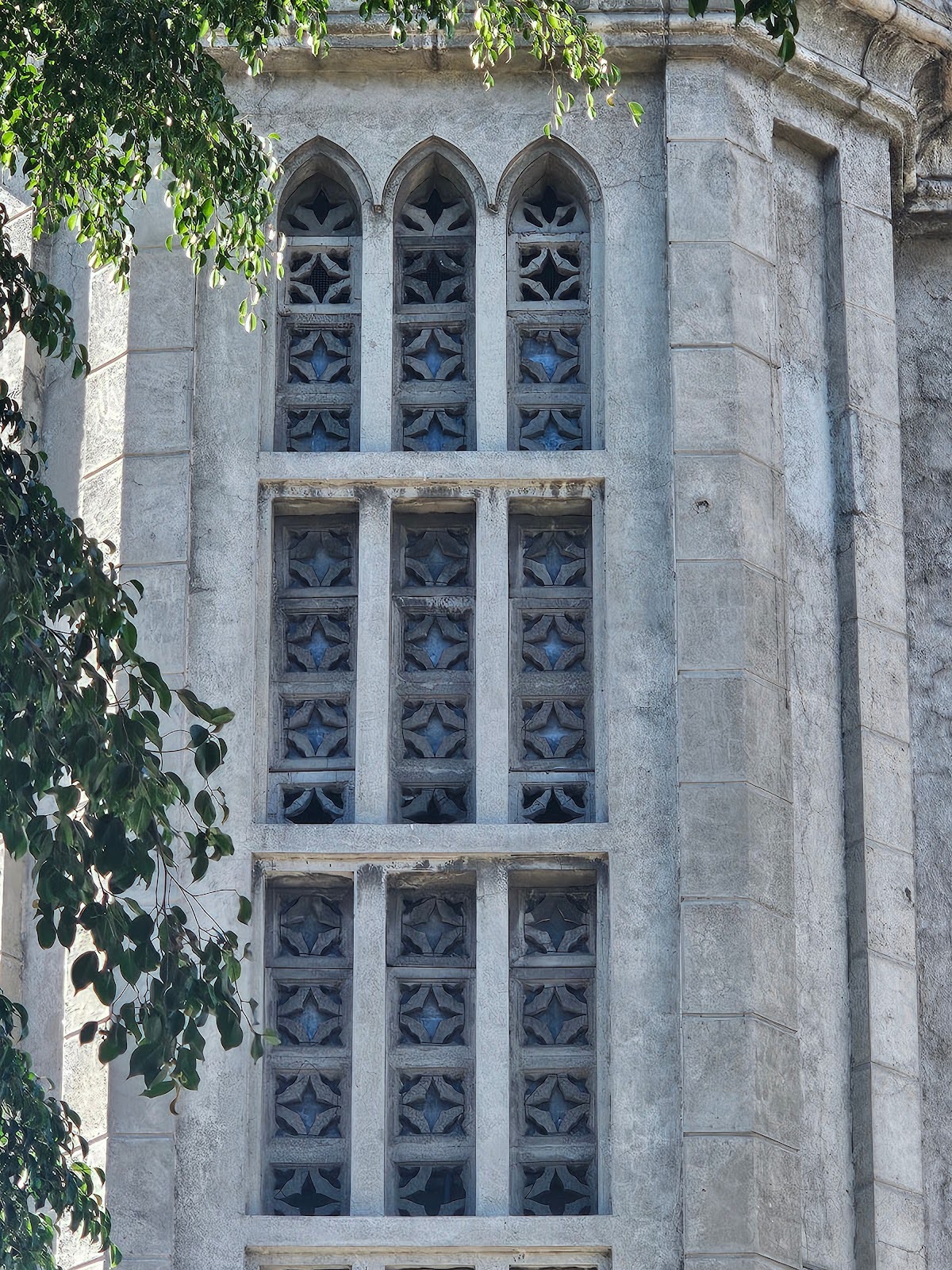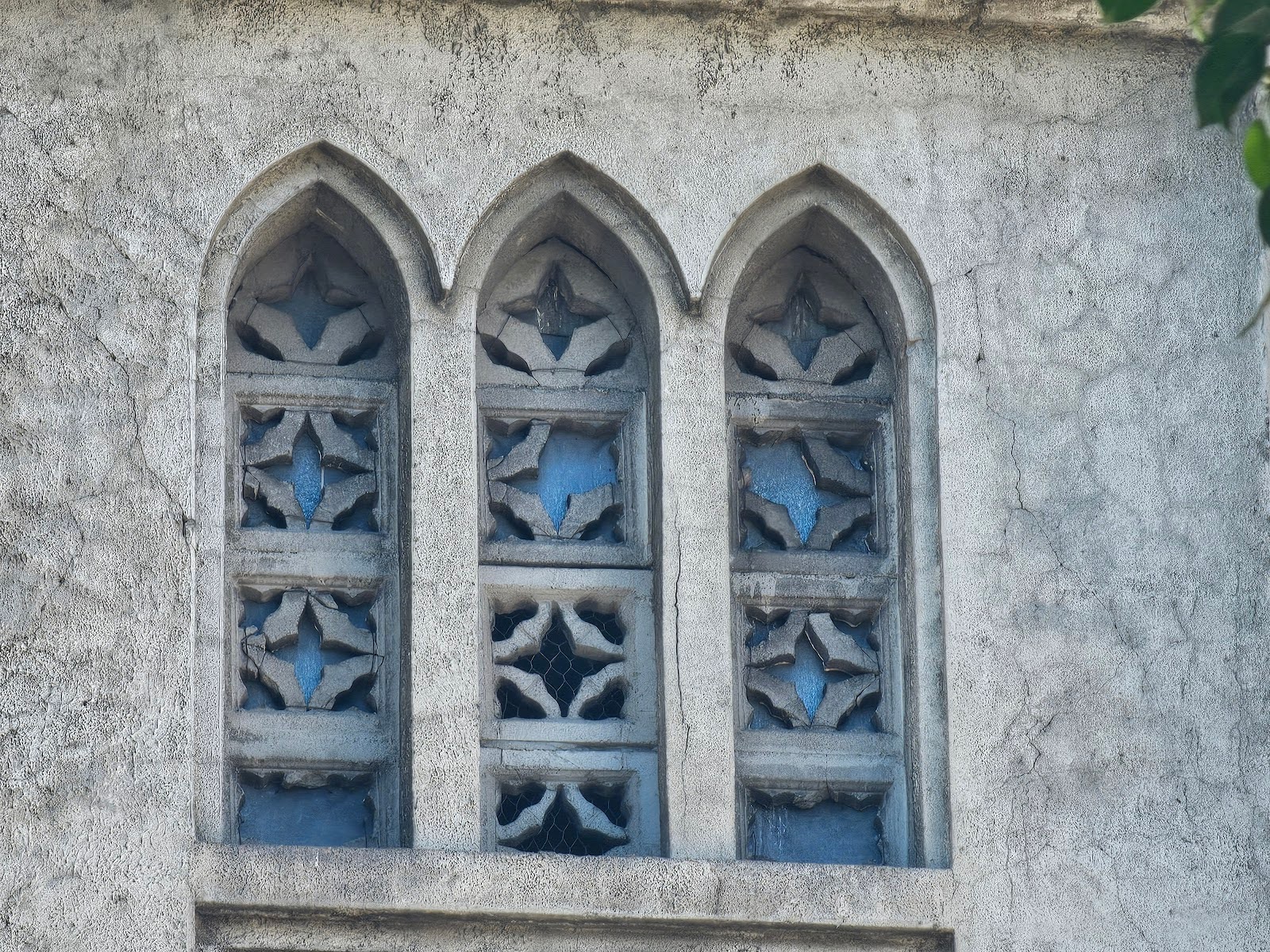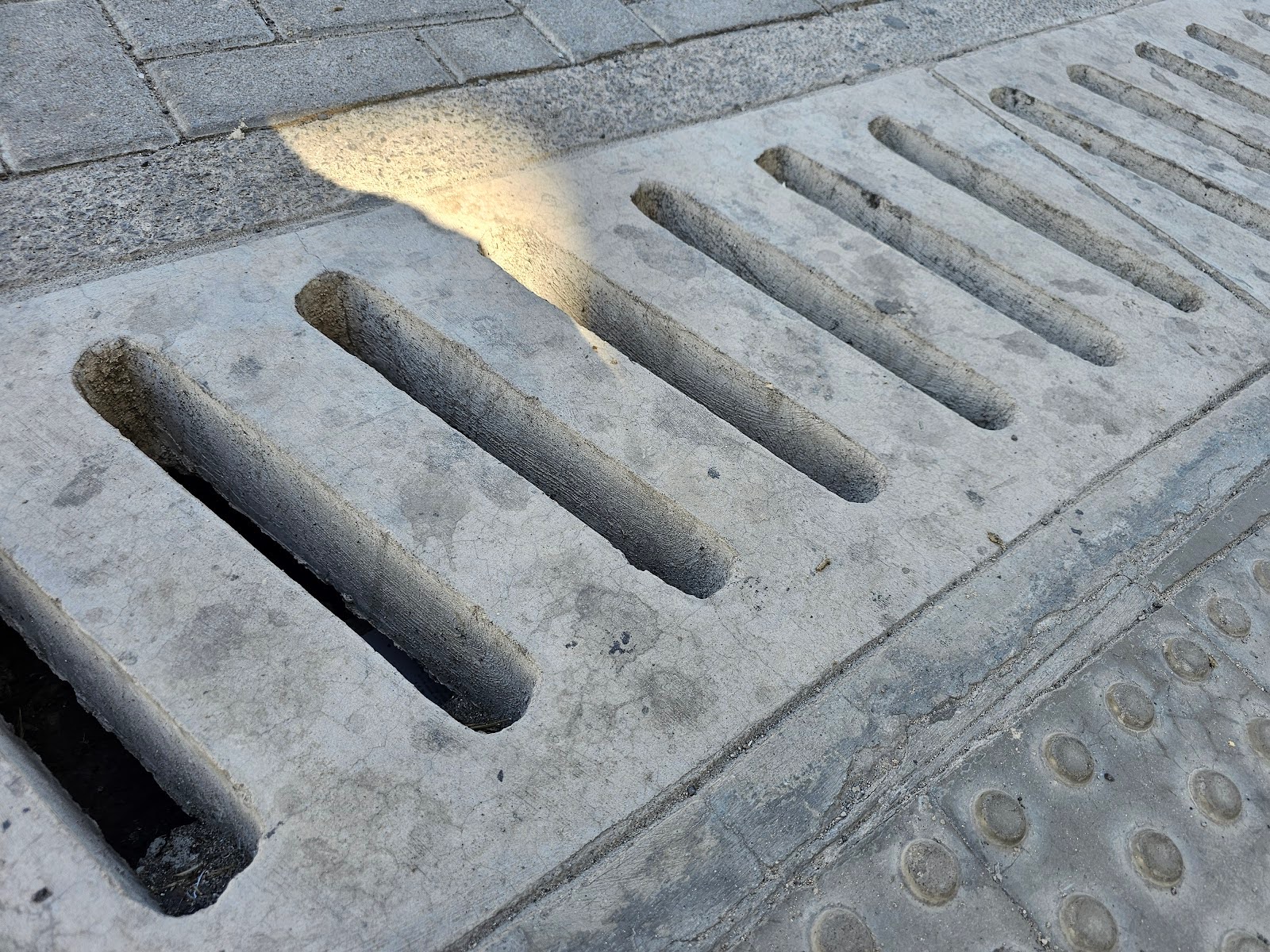The Evolution of Historic and Modern Masonry
Over the past few weeks, we had a relatively unique opportunity to look at some really interesting examples of perforated masonry. Some of this perforated masonry is many decades old, and clearly historic. In one case we looked at a rough yet really interesting and beautiful type of historic brickwork that had perforations that we believe were used for ventilation at the time of the original construction. Another masonry assembly was part of a classical type building and we also believe the perforations were used for ventilation, but it’s not really clear.
Today we’re going to close this series by looking at a few more examples of perforation in masonry that are in many cases used for ventilation, but also fenestration in the transmittance of light, in some cases. The picture below shows a masonry installation used to ventilate a functional or utilitarian type of installation at an underground area where air is transmitted from above grade. The brickwork used here is painted the same color as the surrounding concrete framework and almost looks like it almost blends in, but it’s actually individual Precast and pre-fired masonry units set into a larger framework.

The next picture below shows a building that is vastly different from an architectural perspective, but from a ventilation perspective is similar. A particular and varied style of cementitious masonry units are used to ventilate the upper portions of this building.
The difference though, in this particular example, is that these ventilated masonry units are also used to allow the transmittance of light from the exterior into the interior of the building. This happens to be a religious billing, originally built as a Catholic ir Christian type of faith or worship building. Many of the buildings that were originally built for those purposes here in the United States have changed in use over more recent decades.

Nonetheless, the gothic arches used at these set openings are clearly part of a historic religious installation. The gothic arches shown here in this picture of self-supporting. Unlike contemporary type of masonry which use lintels, in many cases, to support the openings below, these Gothic arches, similar to Roman arches, which were also self-supporting.

Switching gears just a little bit here, in the next picture below you can see a similar example of a ventilated type of masonry, but in this particular case it’s set into the ground at a sidewalk and street type interface. The water from the street is diverted from a crown at the center of the street towards the gutters on both sides of the street edges.
The water intentionally is made to run towards the edge of the street and then from there runs with grade downward towards a gutter. The gutter has a great at the upper Edge which works like a filter to allow water to pass but blocks out larger items like trash and many types of sticks and branches.

Unlike the really typical cast iron type of grates though, in this particular example the grates used to strain and filter the storm water are made from cement. It’s a much more tedious process to make stones like this from cement and the installations of course are much more complicated because it requires very heavy lifting.
One of the main reasons that perforated stone work is so often substituted for other types of material today is is the extremely heavy weight of masonry is costly from a transport perspective. Another even more important reason though, particularly when the stone work is made to bear heavy forces such as from vehicles, in a horizontal position, is simply that more effective materials are available today, such as cast iron.

Our company, Dupont Tuckpointing and Masonry, specializes in masonry restoration, historic brick repointing, and tuckpointing services in the Washington D.C. area. These buildings are uniquely historic, and their preservation requires skilled masons who are technically trained in the best practices and knowledge of proper restoration techniques.
We understand the significance of maintaining the architectural integrity of these historic structures, and our team of experienced professionals is dedicated to delivering exceptional craftsmanship. Whether you require masonry restoration, tuckpointing, or brick repointing services, we are here to help.
At Dupont Tuckpointing and Masonry, we take pride in our work and strive to ensure that every project is executed with the utmost care and attention to detail. We are committed to preserving the rich heritage of Washington D.C.’s built environment for generations to come.
If you have any questions or needs regarding masonry restoration, historic brick repointing, or tuckpointing services, please do not hesitate to reach out to us. We would be delighted to assist you and provide you with the expertise and quality workmanship that your historic property deserves.
You can reach us by telephone at (202) 796-7644 and you can reach us by email from the contact form on our website at https://duponttuckpointingmasonrydc.com/contact-us/.




